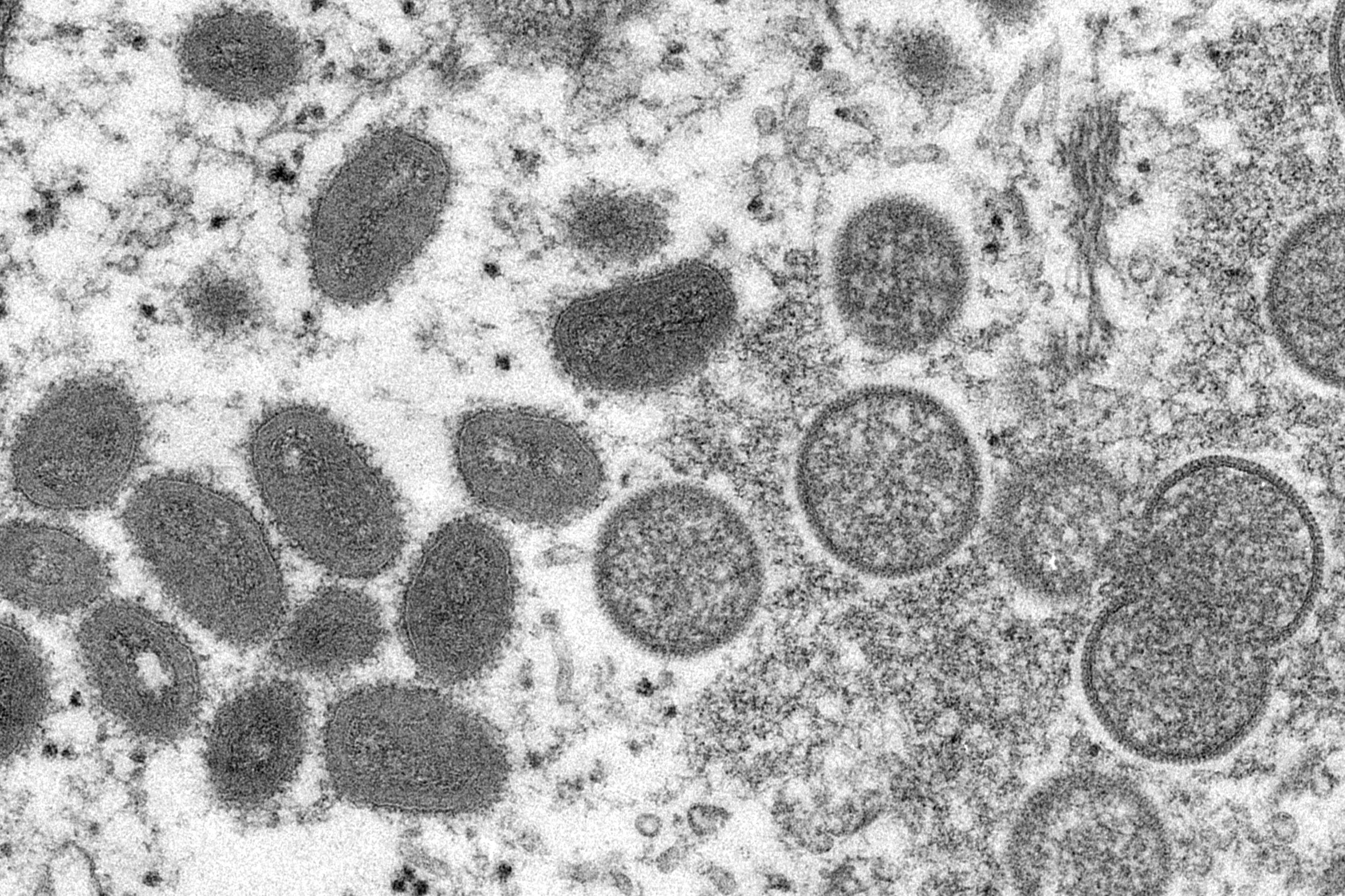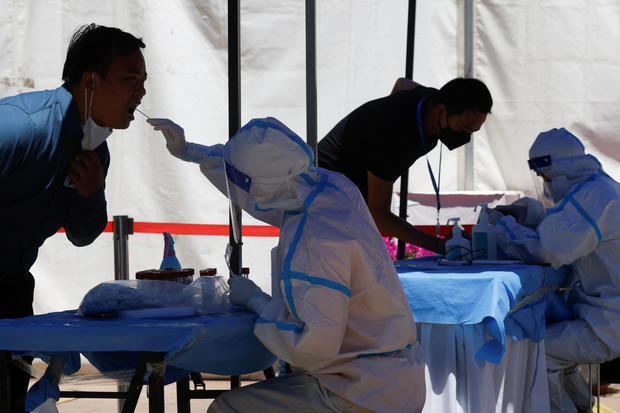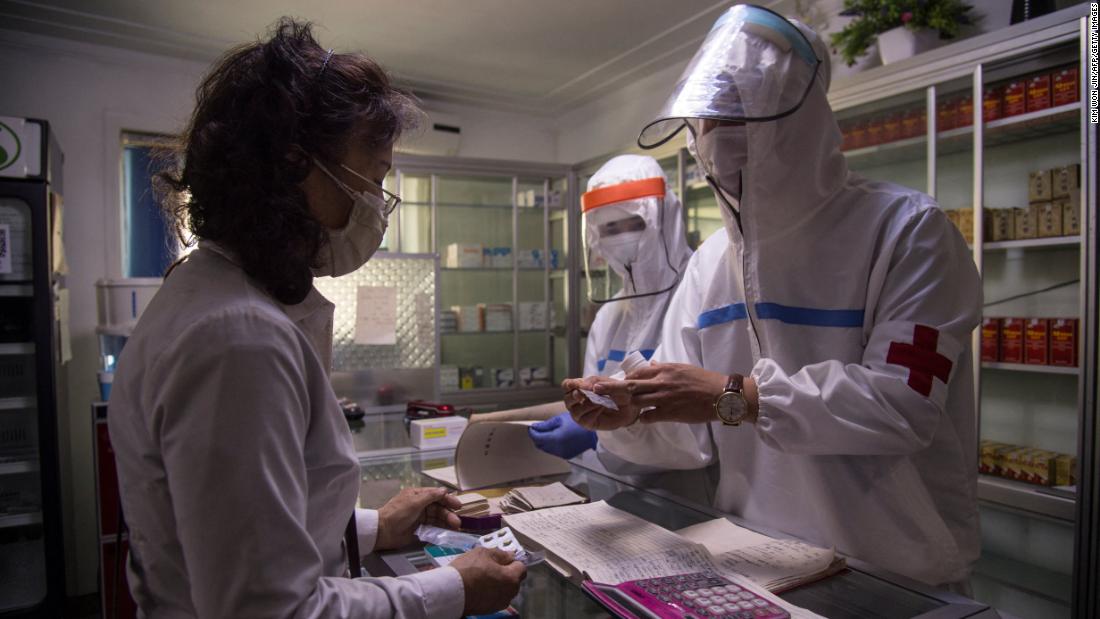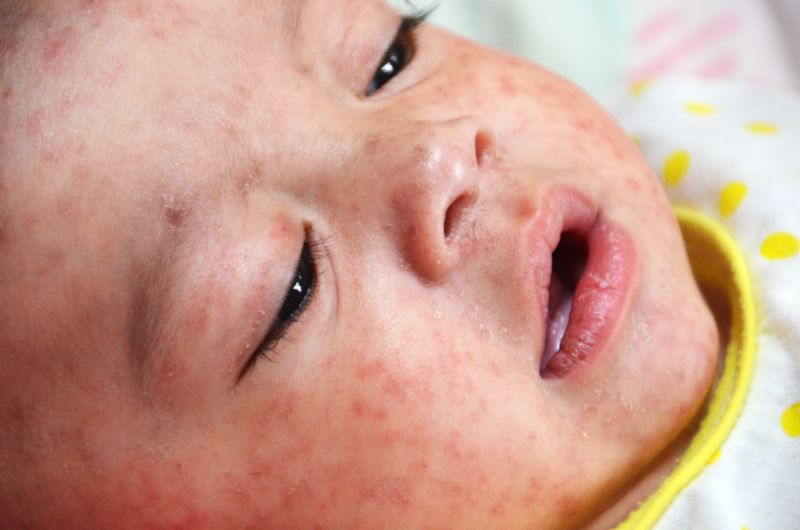Michelle Fishman calls it the “worst-case scenario that you don’t really think through.”
After a three-week vacation in Greece, the 52-year-old hotel art consultant from Miami and her husband took pre-departure coronavirus tests required to fly home from overseas. She tested positive, he did not.
Instead, she took advantage of a quirk in the rules to head home after five days (the mandatory self-isolation period required by the Greek government) via a “backdoor” — crossing into the United States by land, which does not require a coronavirus test, rather than by air. Because Canada does not require a test for entry, the couple first flew to Toronto and, after spending a night there, Ms. Fishman and her husband drove across the border into Buffalo and caught a flight home. (There is no testing requirement for flying domestically.)
“I had zero symptoms, no fever, nothing. I felt fine and when you’re stateside, the C.D.C. says you can end isolation five days after testing positive, so the same rules should apply when I’m traveling,” Ms. Fishman said. “It makes no sense that I can go to a wedding five days after a positive test in Miami, but if I catch the virus when I’m on vacation I can’t fly home. That should be illegal.”
It is not clear how many infected people are using backdoor routes to get home, which can also include flying to Mexico and using a land crossing there, because airlines do not require passengers to provide reasons for canceling or changing flights. But strong anecdotal evidence indicates that some travelers — and travel advisers — are sharing suggestions for how to avoid getting stuck.
In flying to Toronto, Ms. Fishman said she was following the guidance of a family friend who used a similar backdoor route to get home to Boston when he tested positive in France in April.
Asked if she was worried about infecting other passengers on her long journey home from Greece (she tested positive again, on her fifth day), Ms. Fishman pointed to the C.D.C.’s guidance for people who catch the virus in the United States, which says that asymptomatic people or those with symptoms that have resolved within the five-day isolation period can leave their homes. The recommendation is based on the science that the majority of coronavirus transmission occurs early in the course of the illness, the C.D.C. said.
“I slept in the same bed as my husband for five nights and he didn’t catch it, so I don’t think I was contagious by the time I took the flight home,” Ms. Fishman said. “I wore a mask the whole time.”
The C.D.C. did not say why it has different policies in place for Americans who test positive at home and abroad, but a spokeswoman for the agency reiterated that travelers should follow the 10-day guidance to not travel before boarding a flight to the United States, even if they test negative. The Department of Homeland Security declined to comment on the possibility of travelers using land borders to circumvent the testing requirement for air travel.
The United States introduced the testing requirement in January 2021, when fewer than 10 percent of Americans were vaccinated and cases of new infections and hospitalizations were reaching record levels. Now, with higher vaccination rates and less severe cases of the virus, many American travelers, as well as industry representatives, are calling for the requirement to be lifted, arguing that it does little to prevent new variants of the virus from spreading in the United States.
“The existence of these workarounds highlights the absurdity of the current inbound testing policy that is nothing short of ineffective,” said Erika Richter, vice president of communications at the American Society of Travel Advisors, a trade organization. “We’re not following the science.”
David Freedman, president-elect of the American Society of Tropical Medicine and Hygiene, is concerned by travelers using this method, warning that infectious people taking a flight or public transportation to a border crossing will put a lot of people who are not up-to-date on their vaccinations at risk, including at airport eateries and other places along the way.
“From a public health point of view, the infectious person may be carrying in one of the new variants BA.4 or BA.5 which is more infectious and is not so common yet in the U.S.,” he said. “There may be new enhanced vaccines by the fall and introducing these variants sooner rather than later may be bad.”
After testing positive in Stockholm in early April, one American traveler and her wife decided to return to Seattle via Vancouver, because a U.S.-Canada border crossing was relatively close to their home. If she was required to take a test upon arrival at the Vancouver airport, she said, she planned to drive home and isolate there. The woman asked to speak anonymously, because she was afraid of negative repercussions.
“We had symptoms for about two weeks before testing positive. By the time we actually tested positive we felt great, with barely any symptoms, so we felt confident to travel,” she said. “Vancouver airport is pretty chill and low-key. If you look healthy, determined and at ease, no one is going to pull you out of a crowd.”
Upon arrival, Canadian officials often ask passengers health questions, and some airports, like those in Toronto and Vancouver, may randomly select some passengers to take coronavirus tests before being cleared to leave the airport.
The Canadian authorities warn infected people against attempting to transit through Canada, saying that they are not permitted to board flights into the country if they have Covid-19 symptoms or have been infected within 10 days of their departure. Before arriving in Canada, travelers have to fill out a health and travel form on the ArriveCAN app. The form contains a number of questions, including vaccination status and whether a passenger has coronavirus symptoms.
“All travelers arriving in Canada are obligated by Canadian law to respond truthfully to all questions,” said Rebecca Purdy, a senior spokeswoman for the Canada Border Services Agency.
“Travelers who knowingly travel to Canada with an active Covid-19 infection and who do not disclose this information may face penalties and/or criminal charges and foreign nationals may also be denied entry and/or banned from returning to Canada,” Ms. Purdy said.
Mexican authorities did not return requests for comment. U.S. travelers may enter Mexico without testing or quarantine, though they may be subject to health screenings on arrival.
Despite the expense of last-minute bookings, the backdoor routes are also being used by people preemptively, to ensure they can travel home on time.
Hilary Aranda, 39, a user-experience designer, had just finished a two-week dance tour in Italy when 12 Americans in her group tested positive. To avoid a positive result and the possible headaches involved, she never took a test, instead canceling her flight home to Los Angeles for a flight to Tijuana, Mexico, with layovers in London and Mexico City. She then crossed the land border into San Diego and drove home. The changes to her itinerary set her back more than $2,000.
“Everyone around me had Covid and I knew with my luck that if I took the test, it would come out positive and I didn’t want to risk it,” said Ms. Aranda, who wore a mask on her flights. “Looking back, it was kind of a crazy decision and a big schlep, but I had to get back to my life and kids.”
Some travelers who are more risk-averse, but still determined to avoid isolation in another country, have been using telemedicine services like Quick MD to obtain “documentation of recovery” that allows people to travel to the United States without having to show a negative test. The option is available to travelers who continue to test positive 10 days after their initial positive test or onset of symptoms, as it can take weeks or even months before some people test negative.
During the video or phone consultation with a medical professional authorized to give travel clearance, some travelers have been lying about the date their symptoms started so that they can return home without having to complete the 10-day isolation period.
“It was a three-minute consultation, and I just told the doctor that my symptoms started earlier than they did,” said one traveler, who asked to speak anonymously out of fear of getting into trouble with authorities. He had tested positive in London a day before his scheduled flight home to New York, he said, but returned home three days later.
“I got my clearance document within an hour it was so easy,” he said.
Quick MD did not respond to multiple requests for comment.
Ms. Fishman made it back home in time for the wedding and never developed Covid-19 symptoms, although she said she felt exhausted, which she blamed on the stress caused by the ordeal of trying to get back in time.
“My chances of catching Covid in Miami are just as high as catching it while I travel so the testing requirement is useless in my opinion,” she said.
Travelers contemplating a similar route should be warned that they can be caught out. Ms. Purdy, of the Canadian border services, noted that violating instructions upon entering Canada could lead to up to six months in prison, 750,000 Canadian dollars in fines (around $586,000) or both.
Follow New York Times Travel on Instagram, Twitter and Facebook. And sign up for our weekly Travel Dispatch newsletter to receive expert tips on traveling smarter and inspiration for your next vacation.














